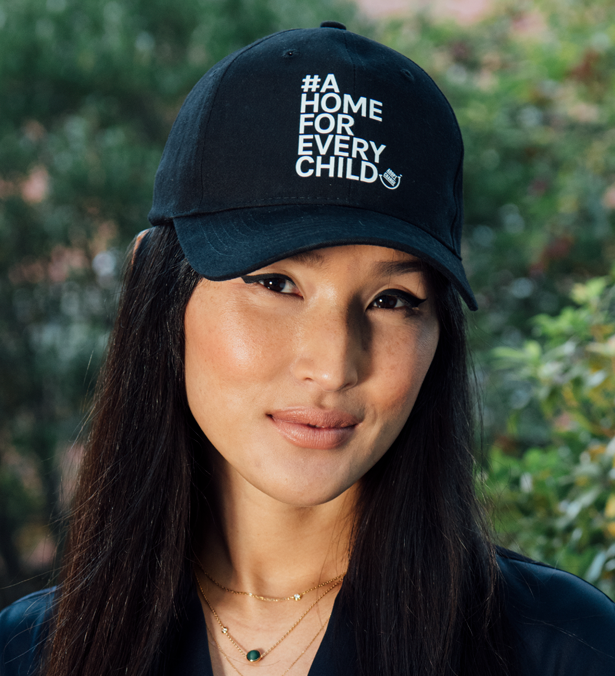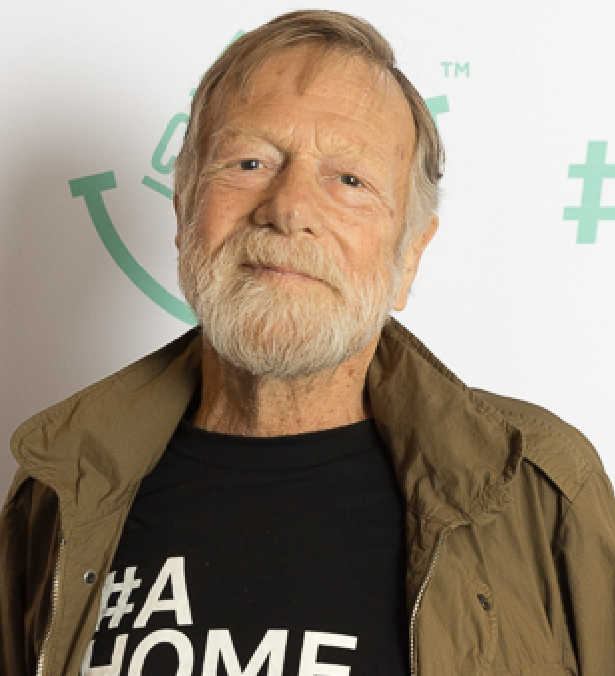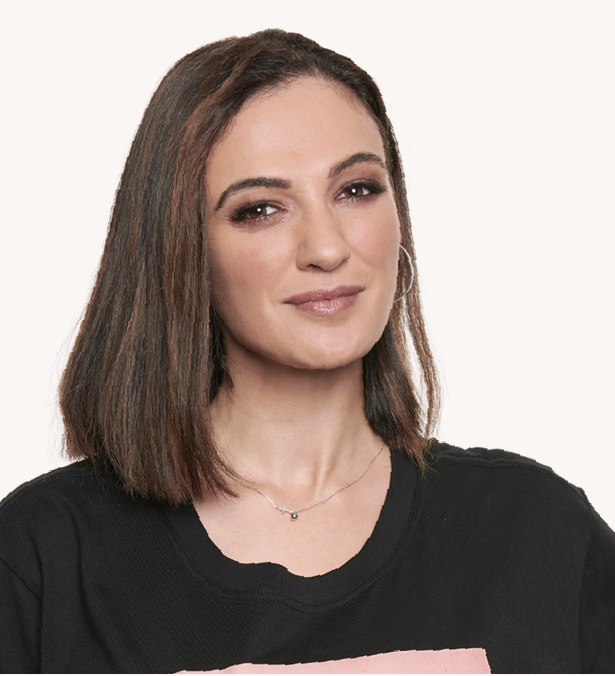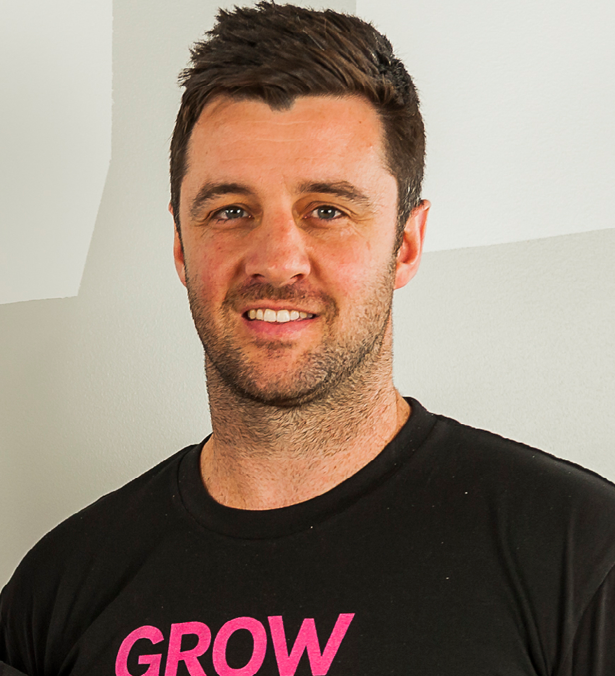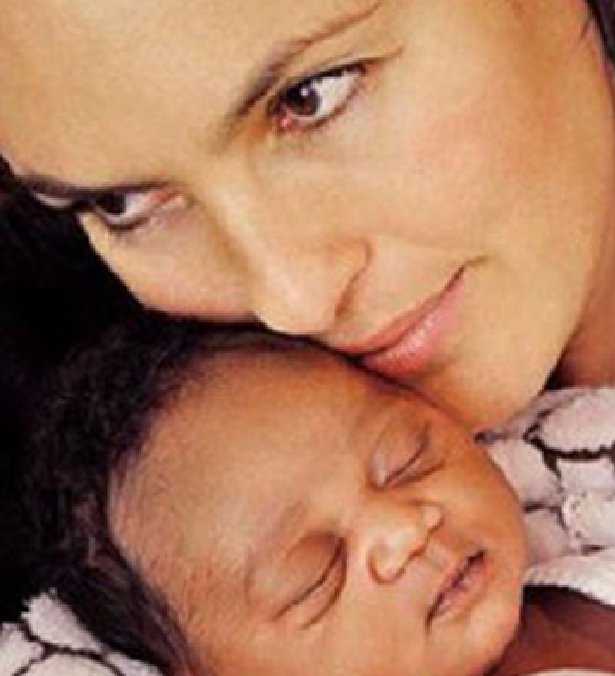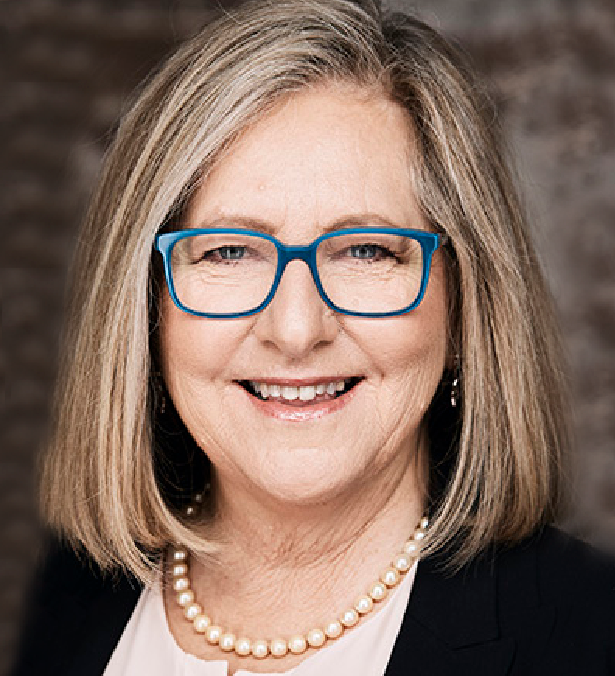How adoption works in Australia
What is Adoption?
Adoption permanently transfers all the legal parenting rights and responsibilities from the child’s birth parents (or anyone with parental responsibility for the child) to the adoptive parents.
Open Adoption
Australia practices open adoption for both domestic and international adoptions, whereby children who are adopted grow up with an understanding that they have been adopted and, where possible, are supported to have a relationship with or knowledge of their family of origin and cultural heritage.
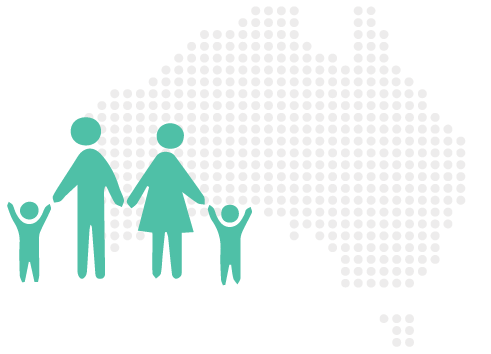
Adoption and child welfare legislation in Australia is made at the state government level, and each jurisdiction has their own department and often a number of Non-Government Organisations (NGOs) who are commissioned to provide out-of-home care (OOHC) and adoption services. Each jurisdiction, department and NGO has their own process including setting the criteria for prospective adoptive parents and carrying out the training and assessment process. While the processes and criteria in each state are similar, they are not the same.
The basic steps for all types of adoption and permanent care are:
- contacting the relevant state department or accredited agency
- attending an information session
- undertaking assessment and training
- waiting for matching
- placement
- post adoptive/placement support
NB: The timeframes for adoption vary for a range of reasons and are subject to change. In most states the process can take a number of years.
Adopting a Child within Australia
Australia’s state and territory governments are responsible for administering domestic adoption and permanent care processes.
In some states and territories, there are also accredited non-government organisations that facilitate the adoption process for Australian children. In these states, you can apply directly to the accredited agency to begin the adoption process as an alternative to applying through the state department.
Local Adoption
Local adoption is where a parent voluntarily determines an adoption plan for their child. The birth parents are usually involved in helping select adoptive parents and usually the children are under the age of two. Very few children are surrendered for local adoption.
Foster Care
Long-term foster care involves caring for children until they reach adulthood (usually 18 years) and are ready to live independently. Parental responsibility of the child remains with the community services Minister of the relevant state. In some states long-term foster care may be the only option for providing a stable home for a child.
Aboriginal and Torres Strait Islander Children
Whilst permanency is just as important for the wellbeing of Aboriginal and Torres Strait Islander Children, usually adoption is considered unsuitable by departments and agencies. The Aboriginal and Torres Strait Islander Child Placement Principle outlined below has been enacted to varying extents within the legislation of every Australian state and territory.
- Prioritising placement of Aboriginal and Torres Strait Islander children with their Aboriginal and Torres Strait Islander family, community, or other Aboriginal and Torres Strait Islander families, where such placement is safe for the child.
- Consultation with Aboriginal and Torres Strait Islander families, communities and organisations about child protection intervention, and child placement and care.
- Ensuring that Aboriginal and Torres Strait Islander children in out-of-home care are supported to maintain connection to their family, community and culture, especially children placed with non-Indigenous carers.
Post Adoption Support
There are a number of groups that support adoptees and their families. Some of these are focussed on families formed through open adoption and others are tailored more towards adoptees and birth parents affected by adoption practices of the past such as forced adoptions and closed adoptions.
Post adoption services are sometimes provided by the various State/Territory departments.
More Information
- National Support Services
-
Intercountry Adoption Australia
The Australian Government created Intercountry Adoption Australia to help guide parents wanting to adopt a child from overseas.
Intercountry Adoption Australia -
Adoption Fact Sheet
To the best of our knowledge, the information contained on our website is accurate and reliable as of the date of publication, however, Adopt Change does not assume any liability whatsoever for the accuracy and completeness of the above information.
Download Adoption Fact Sheet







